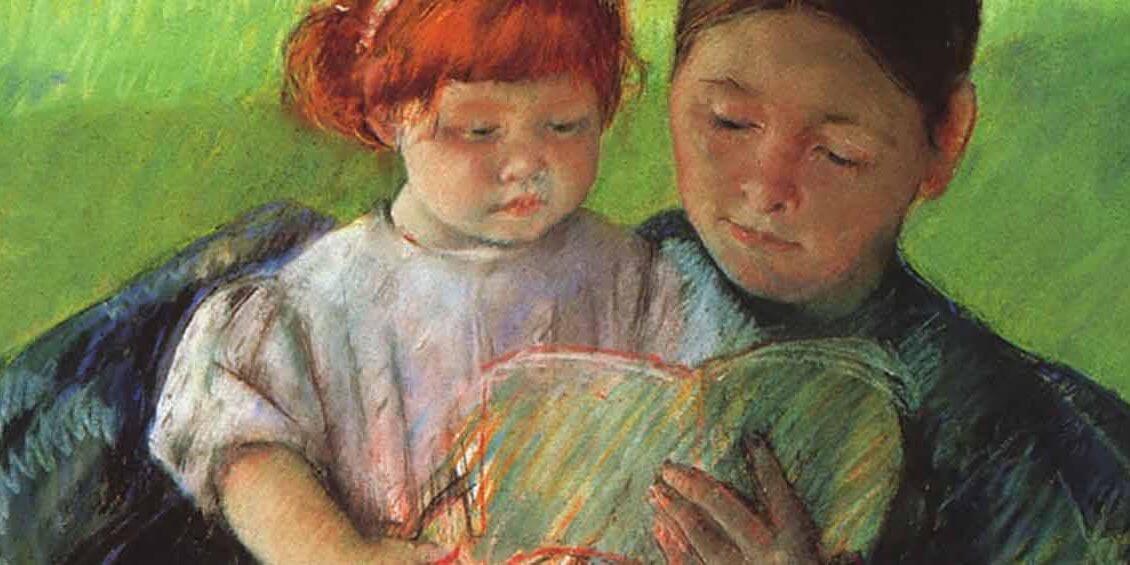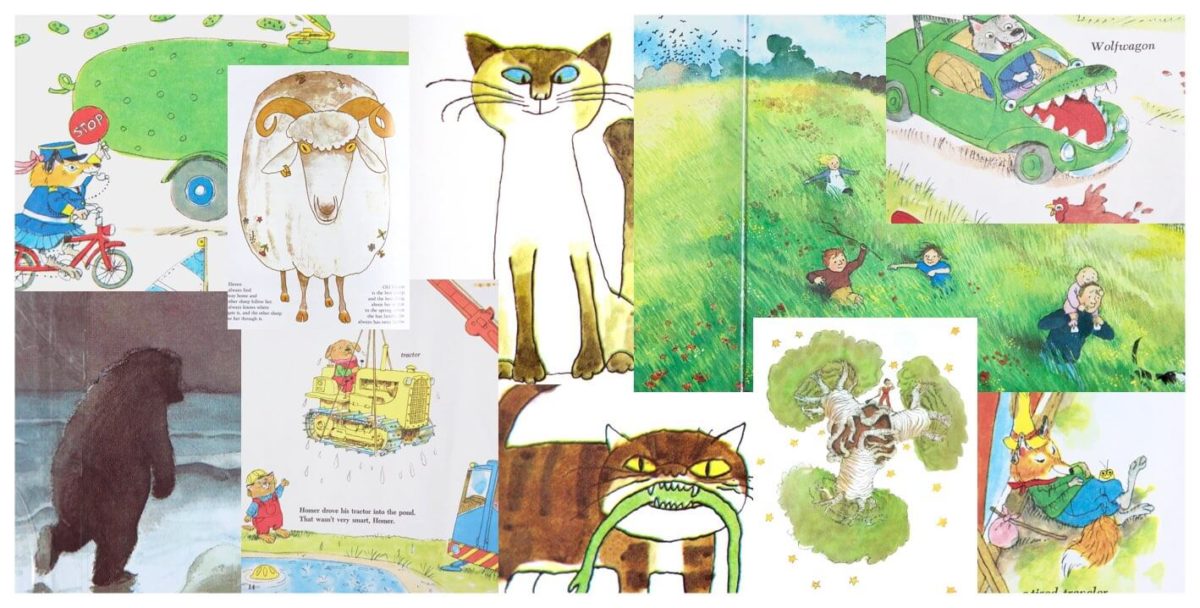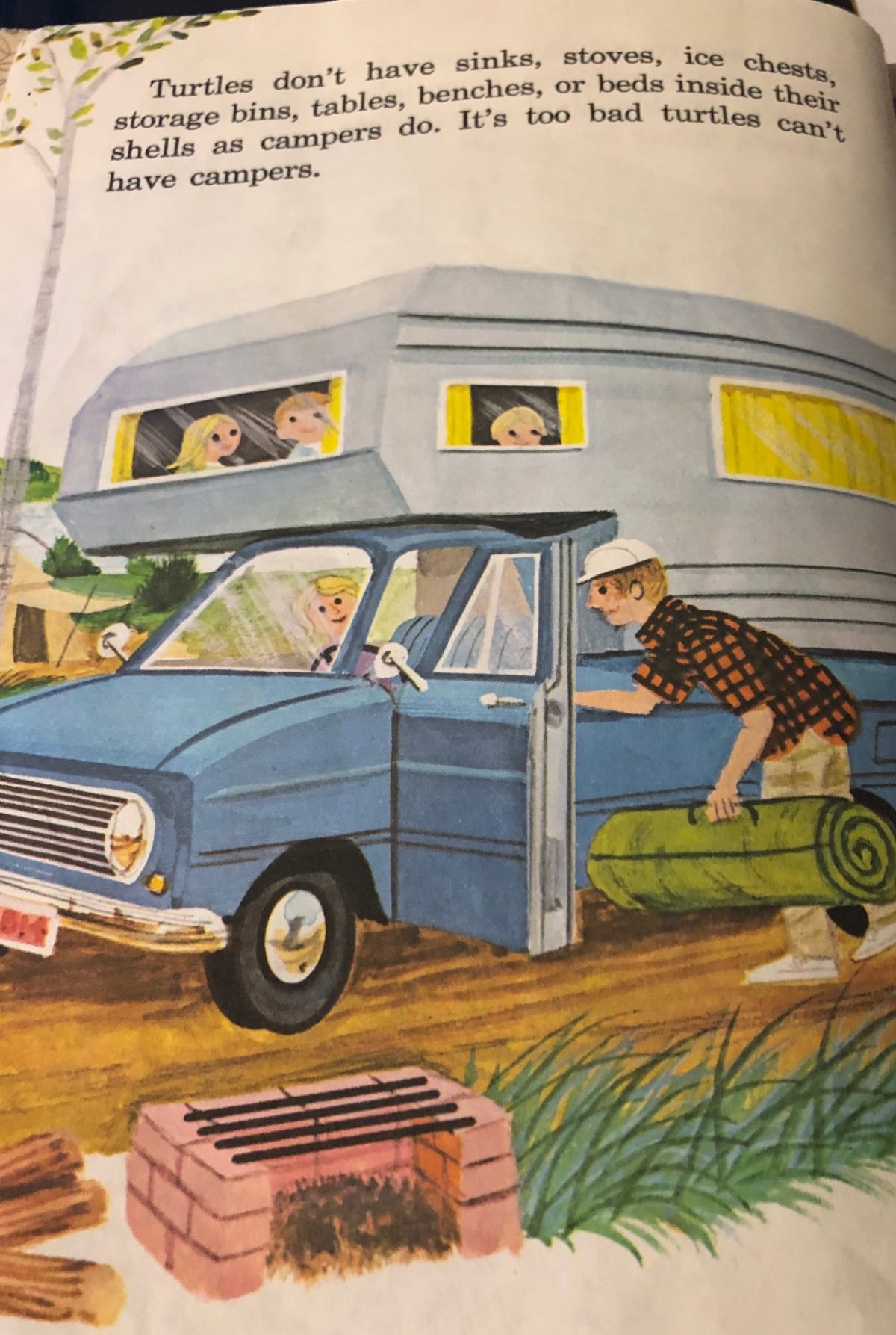’Tis the season for gratitude, so I thought I’d use this month’s article to reflect on why I’m grateful for bedtime stories.
Bedtime stories are hilarious.
Not all bedtime stories are funny, of course. Some are tragically sad. Which, for the reasons I laid out here, isn’t a bad thing by any means.
And some bedtime stories are pretty frightening. Which, again, isn’t necessarily a bad thing. In fact, it might even be beneficial.
But most of our bedtime stories are funny, even hilarious, bits of comedy. Which means that bedtime stories frequently set the stage for lots of laughter and lots of laughter together as a family.
And I think it’s important for families to laugh together.
So I’m thankful that many of our bedtime stories and books give my family and me regular opportunities to laugh out loud together.
Bedtime stories are silly.
In addition to being funny, a lot of bedtime stories are silly. And I think it’s good for kids to see the playful, silly side of their parents.
Personally, I don’t have a hard time being silly in front of my kids. But I imagine that for parents who do, bedtime stories offer a nice opportunity to share that sillier, more carefree side with their kids.
Bedtime stories introduce hard-to-talk-about subjects.
Most parents know that there are certain important but difficult topics they ought to discuss with their children at various points in their life.
The Birds and the Bees comes to mind, of course, but there are others which kids probably struggle more with but perhaps we parents aren’t as good at being sensitive to.
A couple of these came up recently for my older daughter and me while reading Little Red Riding Hood.
Our version is a pretty straight adaptation from the original Grimm’s Fairy Tales, so it’s a little grizzly in that it doesn’t hold back from describing how the wolf gulps down the grandmother and Little Red Riding Hood, how the huntsman cuts open the wolf’s belly with a pair of scissors to free them, or how Little Red Riding Hood leaves a couple large rocks in the wolf’s belly before she stitches him back up.
Watching my daughter’s face as we read this for the first time was a little uncomfortable. Clearly, she didn’t know what to make of all this violence.
Thankfully, she asked me about it:
- Why’s he eating the grandmother?
- That wasn’t very nice! Why’d he gulp Little Red Riding Hood?
- What happened to the wolf? Why did they kill him?
Pretty intense topics for a three-and-a-half-year-old. So intense, in fact, that part of me felt like Maybe these are too intense? Maybe we should wait on Little Red Riding Hood ‘till she’s older?
But the more I thought about it, the more I realized, as uncomfortable as it makes me, death, dying, and violence are things my daughter is going to encounter on some level. And I’d rather her be able to encounter them with me and be able to talk about them rather than her simply being told—by some kid at school, for example— that everybody dies and then not knowing what to do with that.
So, as uncomfortable as it can be at times, I’m thankful that bedtime stories set the stage for a healthy discussion of difficult topics with my kids.
Bedtime stories encourage depth and attentiveness.
One of the most frustrating things about bedtime stories is also one of the most essential: Re-reading the same story, over, and over, and over, and over, and over, and over, and over, and over again.
As a parent, this is superficially annoying. Especially, if the book is less than thrilling (I’m looking at you, Pat the Bunny).
But when you take a step back and ponder a bit—Maybe there’s a reason my kid wants to read the same book over and over again?—your perspective shifts.
If nothing else, it may simply be that our kids really enjoy a book, and so they want to read it a lot. Is it that crazy to believe?
But I think there may be something more significant going on below the surface when we’re on the 5th read-through in a row of a particular section of Our Animal Friends:
Repetition leads to deeper levels of attention and comprehension.
When I stop and pay attention myself, I can see it’s often the case that each time we re-read a story, my daughters will notice or pick up on something new.
So it’s very possible that by being willing and even enthusiastic about re-reading bedtime stories, we’re helping our kids to learn the very important skill of paying close attention, observing carefully, thinking through something on multiple levels and from multiple perspectives.
Bedtime stories remind me to see my children as they are not who I want them to be.
Perhaps the aspect of bedtime stories that I’m most thankful for is that they help me to see my children as the wonderful little sprouts of individuality that they are.
For example, one evening last summer, when I asked my daughter what story she wanted to read before bed, she walked back to the bedroom (where we store old books) and came back with… Santa Is Coming to Dallas.
Instinctively, I said something like:
Are you sure? That’s a Christmas book!
To which my daughter simply stared me down cooly and said:
Yes, this one.
As if it was the most normal thing in the world!
Something about the confidence in her decision to read a Christmas book in July jolted me out of my stodgy adult reaction and made me reconsider things.
For some reason totally non-apparent to me, my daughter wanted to read Santa Is Coming to Dallas that night. And why shouldn’t she?
Sure, it didn’t make sense to me, but so what? Why should I project my own weird, adult ideas of seasonal appropriateness in children’s books on to my daughter?
Some beautifully mysterious part of her wanted to read a Christmas book in July. And when I step back, I think that’s great.
I imagine that as she gets older there are going to be all sorts of things like this that make no sense to me (because she is not me!) but that are very important and meaningful to her.
So, I guess I’m thankful that bedtime stories are a constant reminder to me to be attentive to and appreciative of who my kids are rather than my own ideas of who they should be or what they should want.
What did Miss?
What are you guys thankful for when it comes to bedtime stories and children’s books? Let me know in the comments below:




Leave a Reply